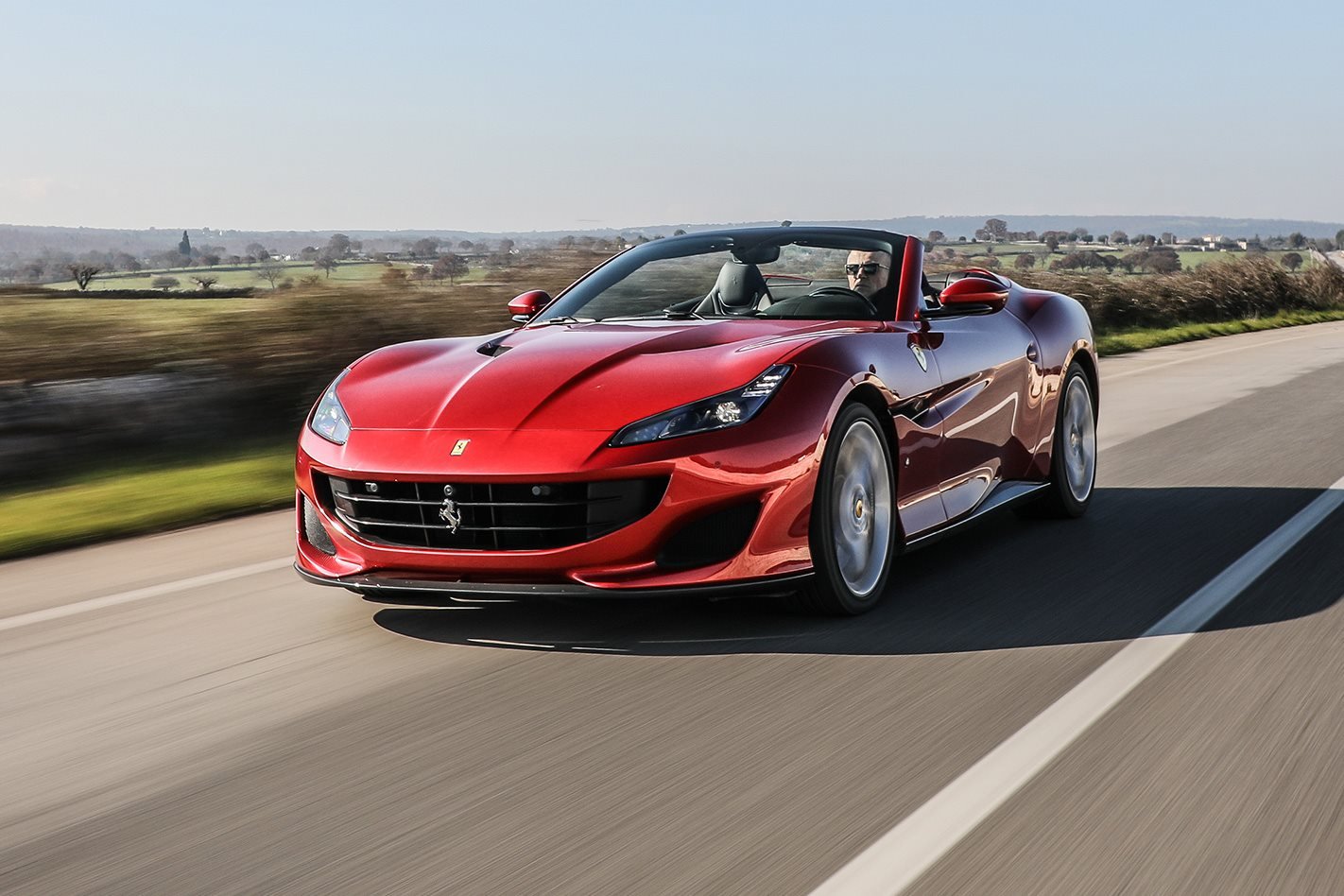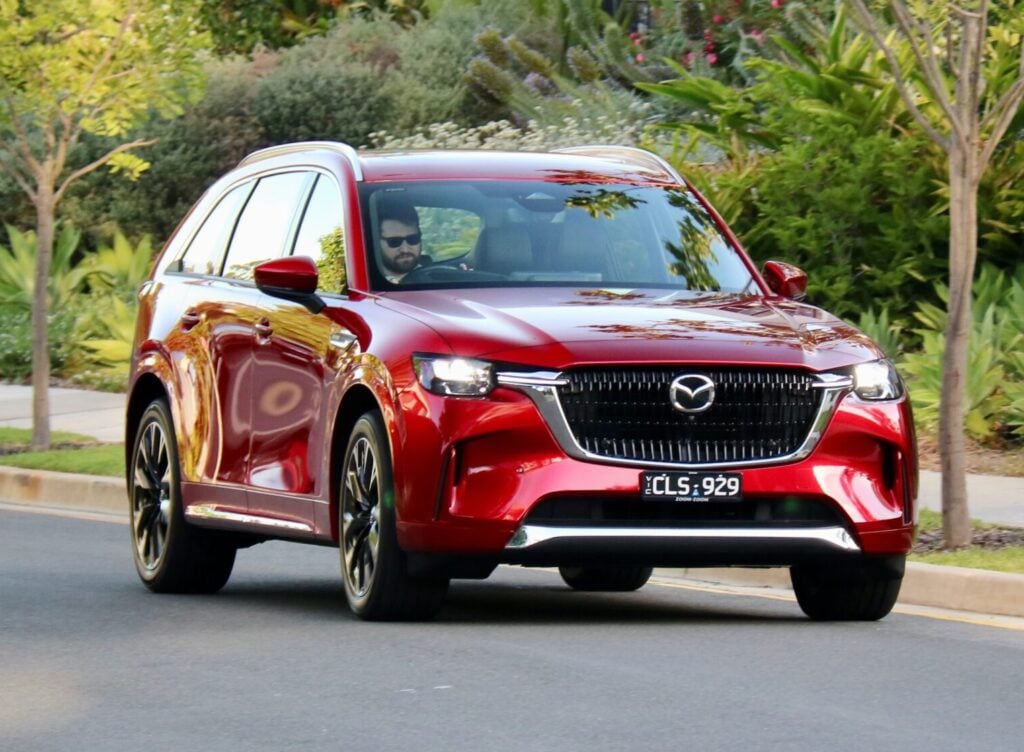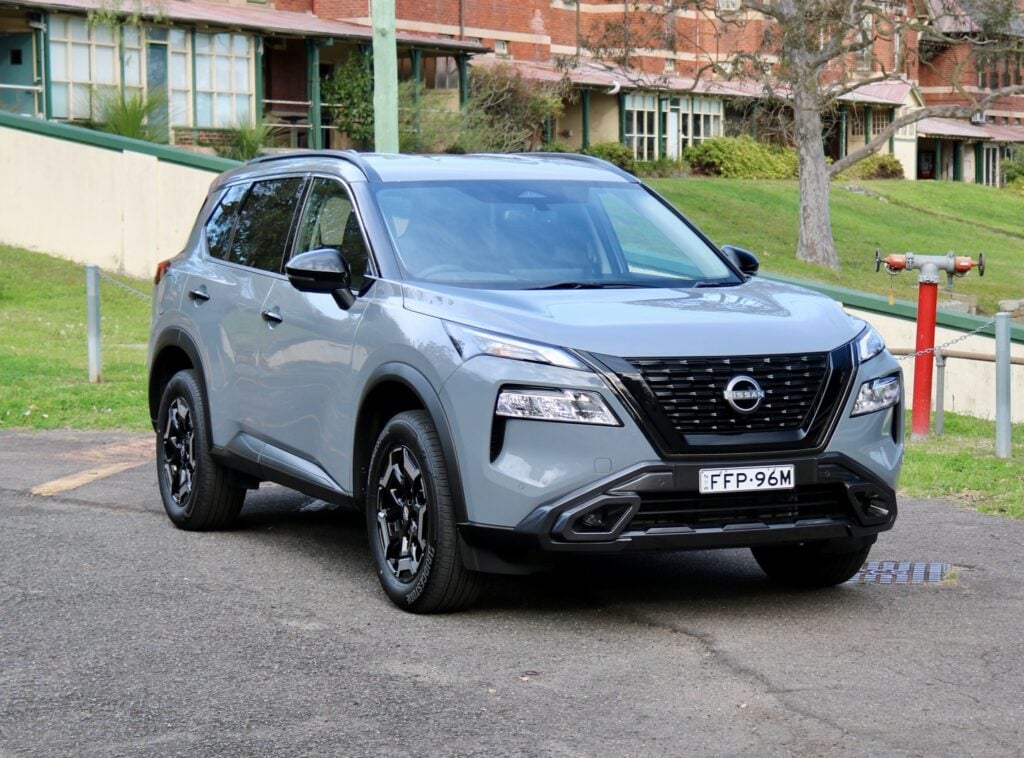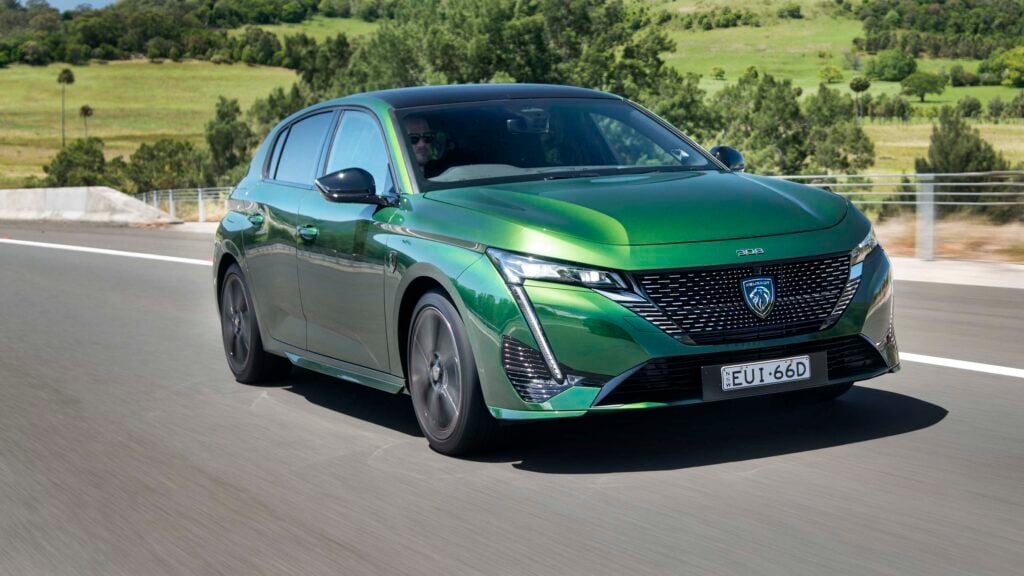What a beauty! The new Ferrari Portofino retains the foldaway hardtop format of its predecessor, but loses the less-than-lovely looks
WHAT IS IT?
Replacement for the decade-old Ferrari California, Maranello’s 2+2 coupe-cabrio.
WHY WE’RE TESTING IT
Australian deliveries of the Portofino won’t begin until July. But Ferrari sent a bunch of prova-plated early-production cars to southern Italy in February for its on-road introduction to international media. Wheels was there…
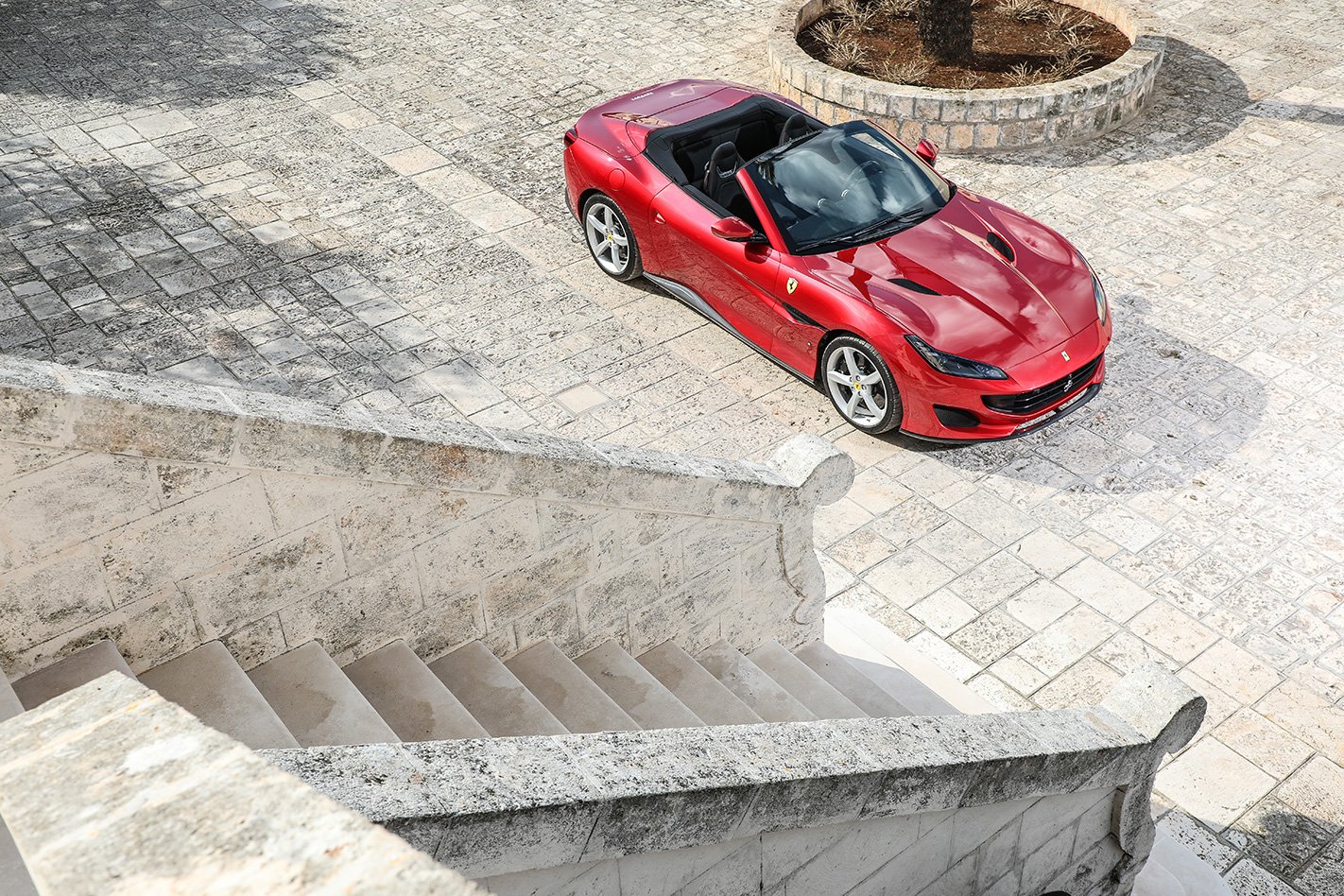
Aston Martin DB11 Volante, even though it’s a soft-top (the big and beefy Brit is scheduled to arrive around the same time as the Portofino). Also the Mercedes-Benz SL63 AMG.
THE WHEELS VERDICT
Improved, but still flawed. Here’s a Ferrari 2+2 with visual grace, in contrast to the awkward and lumpy-looking California it replaces. But though the Portofino has a weapons-grade drivetrain, its all-new architecture doesn’t deliver handling dynamics of equal calibre.
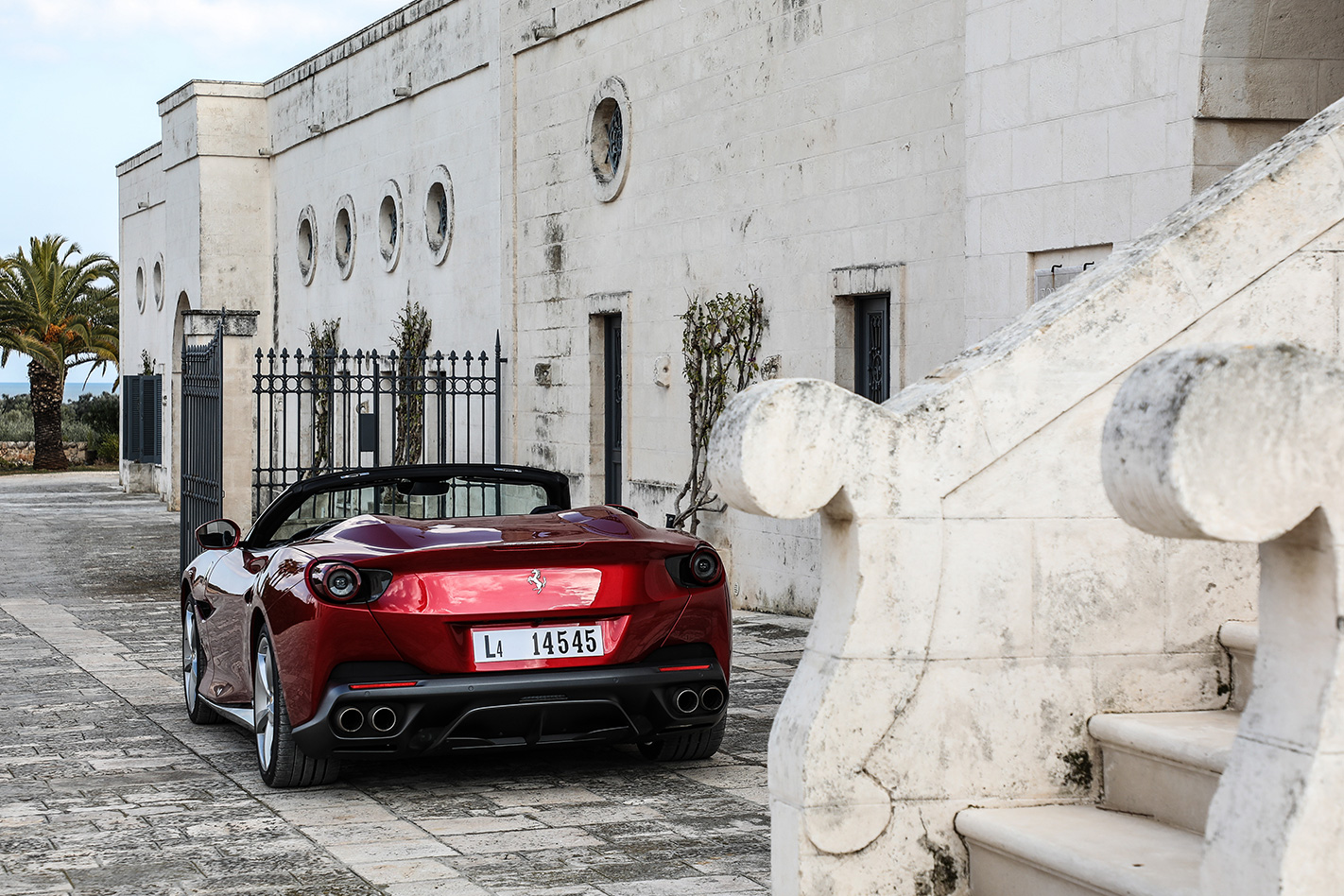
THE WHEELS REVIEW
ROOF-DOWN in Puglia, the heel of boot-shaped Italy, the Portofino is making a good first impression.
The interior of Ferrari’s new 2+2 is door-to-door craftsmanship. The neatly designed instrument panel is an expanse of perfectly stitched leather and crisply detailed metal, studded with a just-right helping of technology, including a big central touch screen.
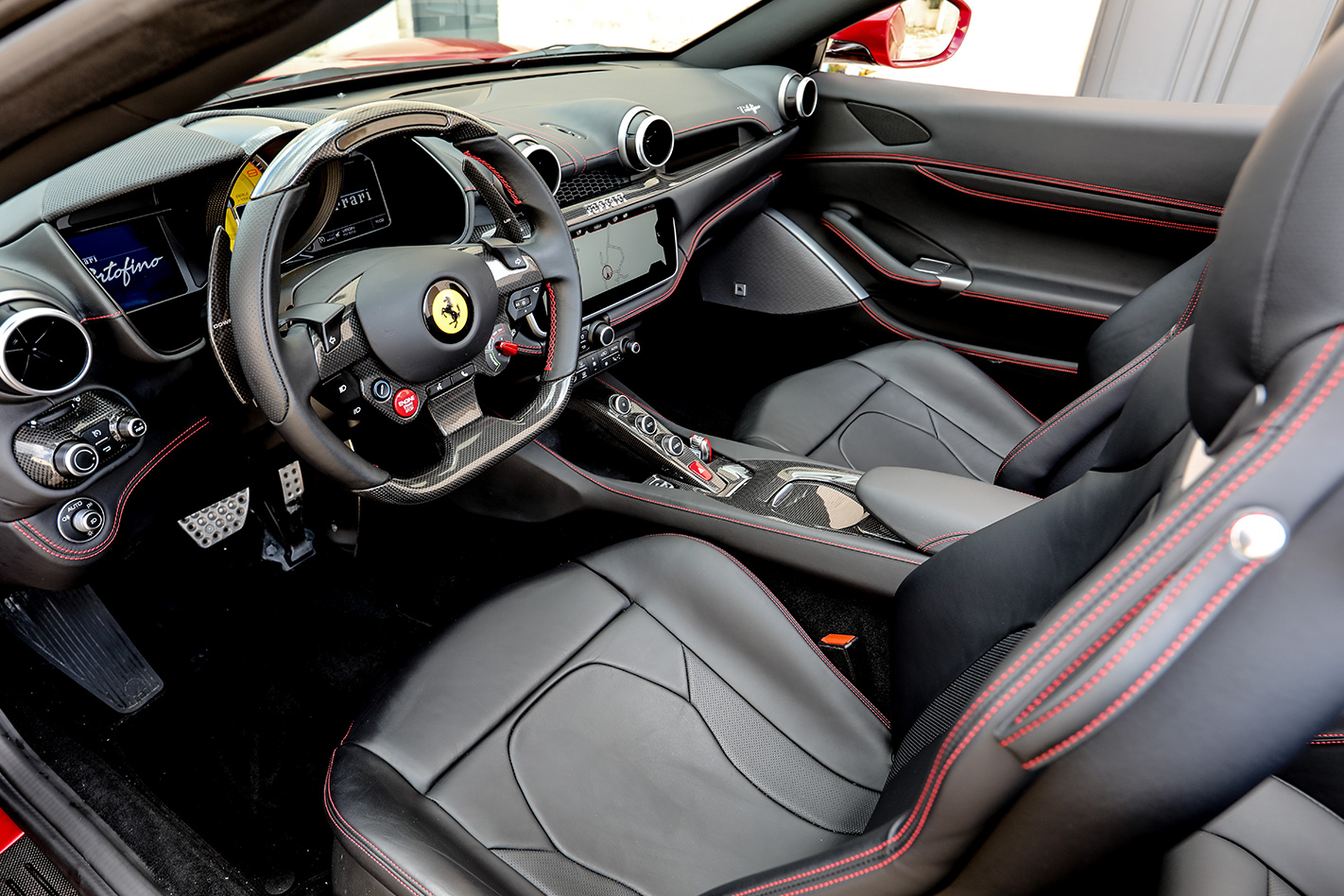
But then there’s the sound of what seems to be an asthmatic playing an out of tune didgeridoo. The ugly racket isn’t being made by some second-rate roadside busker. It’s coming from the Ferrari’s behind.
The Portofino’s exhaust system has electric bypass valves just upstream from each of its pair of twin-tipped mufflers. Their opening and closing is entirely controlled by software linked to the mode selected on the steering wheel manettino. There’s no manual over-ride.
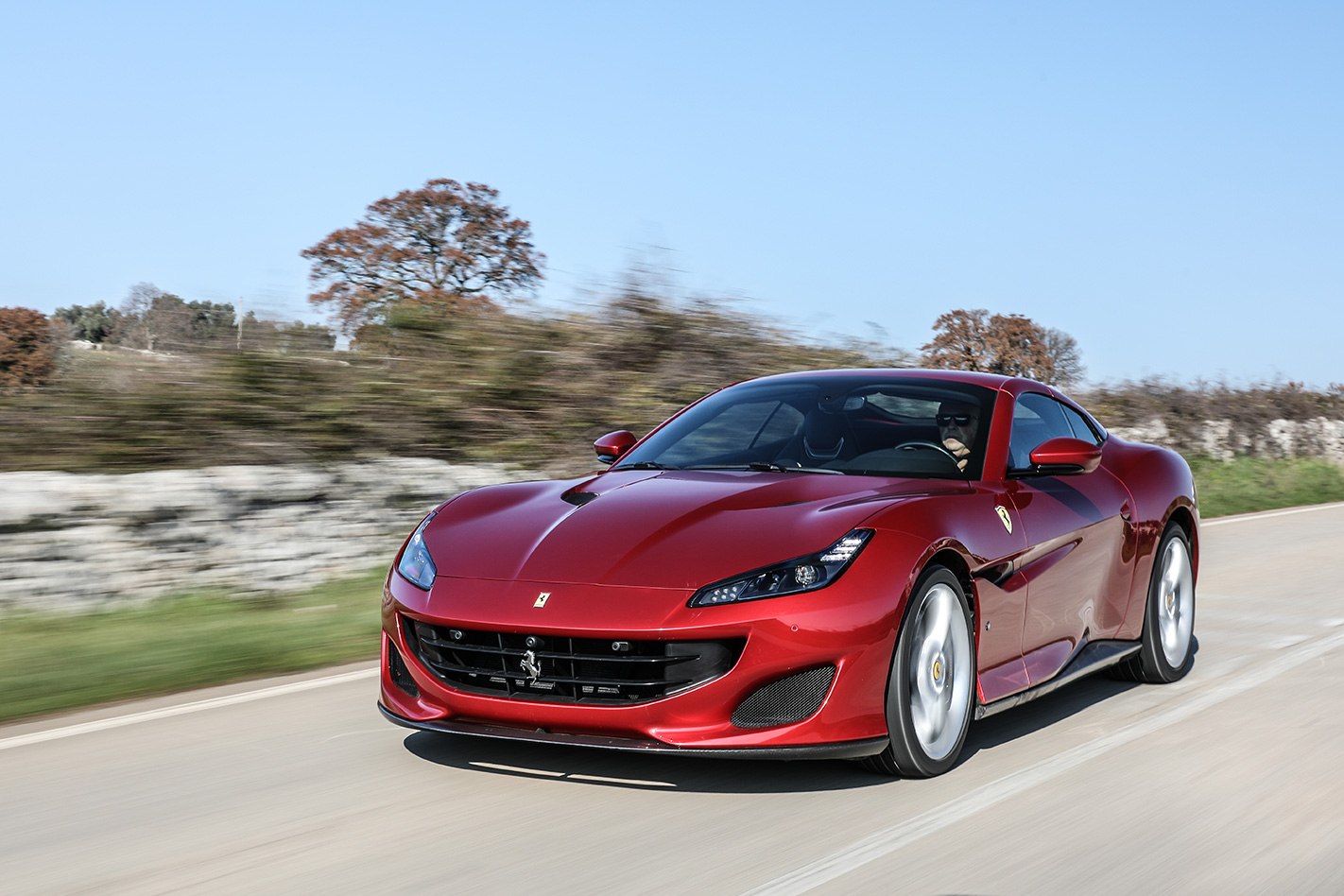
Ferrari drivetrain engineers say the Portofino’s exhaust note was carefully tailored to build in volume through the rev range, which they divide, being opera-loving Italians, into bass, tenor and alto ranges. The aim is obvious; to add some aural drama to daily driving. While the bass should be sacked, the tenor and alto can really sing. Above 4000rpm and all the way to the 7500rpm cut-out the engine makes Maranello music.
The Portofino’s twin-turbocharged 3.9-litre V8 is a heavily reworked version of that in the California T. It has new pistons, connecting rods, exhaust manifolds, intercoolers and accessory drive. Fuel efficiency is improved compared to the California T, and power increases 26kW.
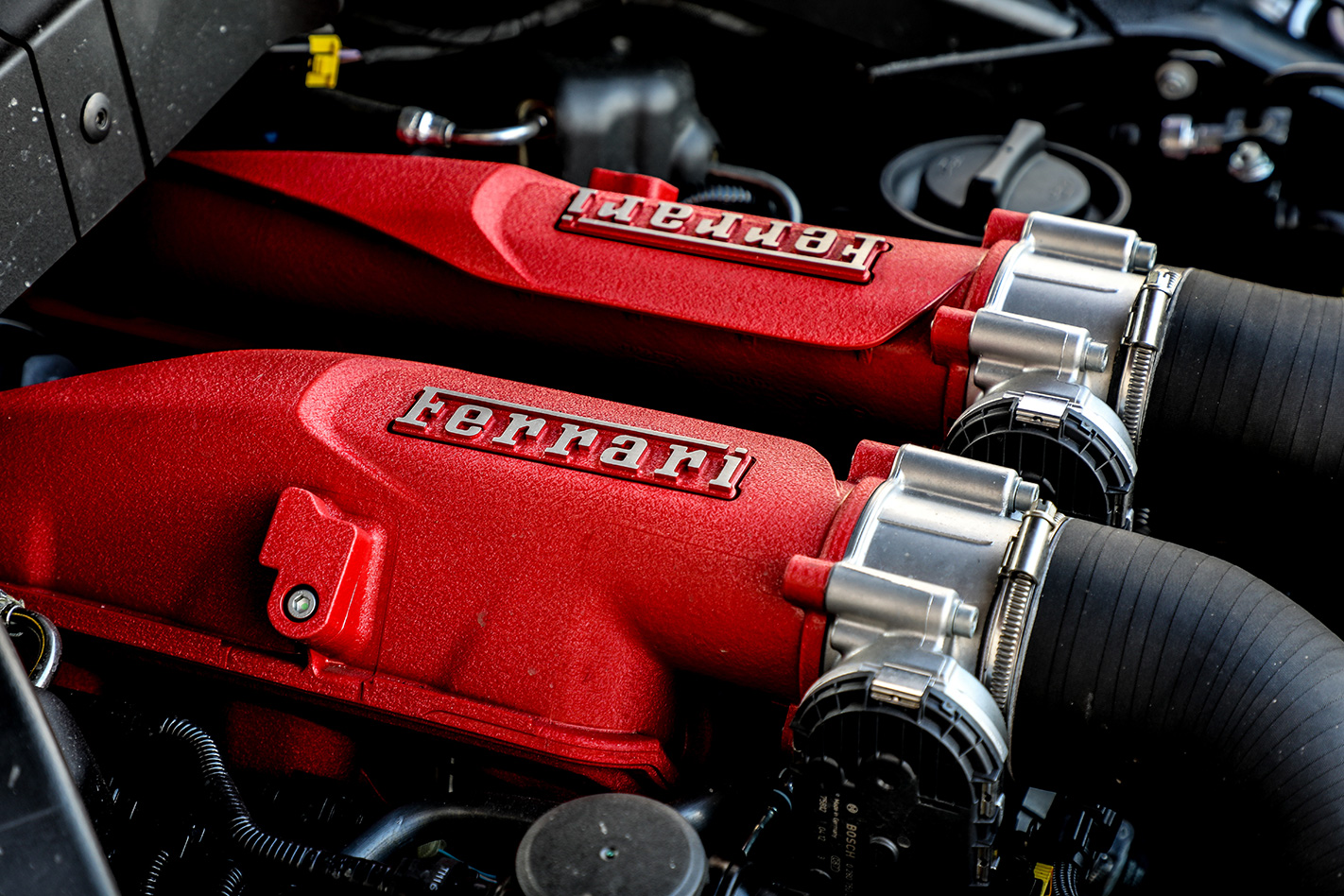
If the engine is great, the transmission is even better. It’s the same rear-mounted seven-speed double-clutch transaxle as Ferrari uses in the bigger GTC4 Lusso, with all-new control software. In Comfort mode it does a very fair impression of a torque-converter auto.
Switching to Sport mode makes shifts noticeably more brusque, but the way it behaves when left in Auto mode is superb. Braking hard for a hairpin it makes perfectly timed downshifts, and accelerating out makes snap-crackly upshifts until pressure on the accelerator is eased.
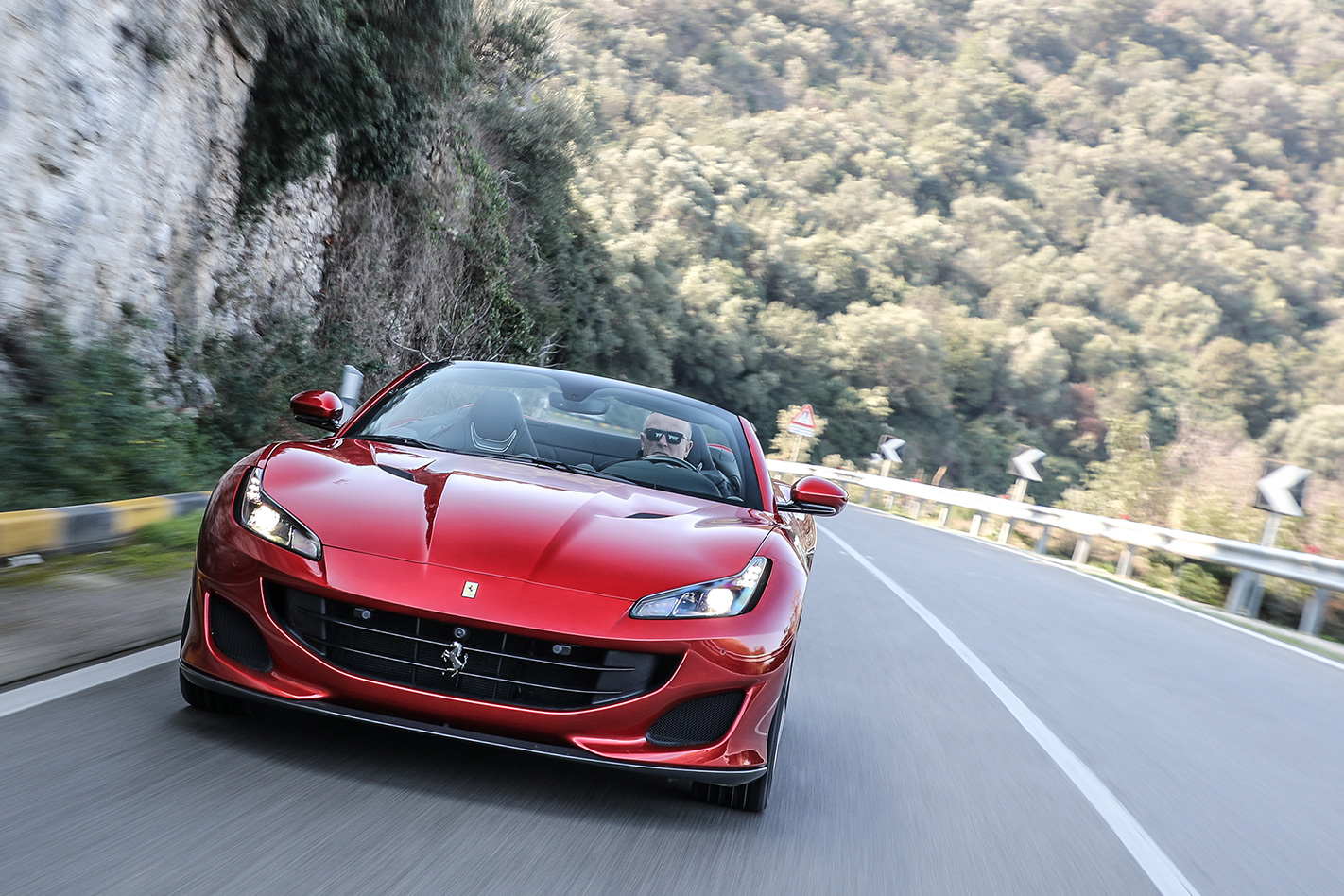
While the Portofino’s drivetrain is full-strength Ferrari, the same can’t be said for its dynamics. For a high-performance GT the Portofino’s suspension delivers a surprisingly comfortable ride in both Comfort and Sport modes, but…
Ferrari’s engineers managed to shed 80kg, compared to the California T, in designing the same-size Portofino, most of it from the body structure and chassis components. But the car doesn’t, from the driver’s seat, feel light. Nor does it feel as torsionally stiff as the 488 Spider, despite being significantly more rigid than the California T.
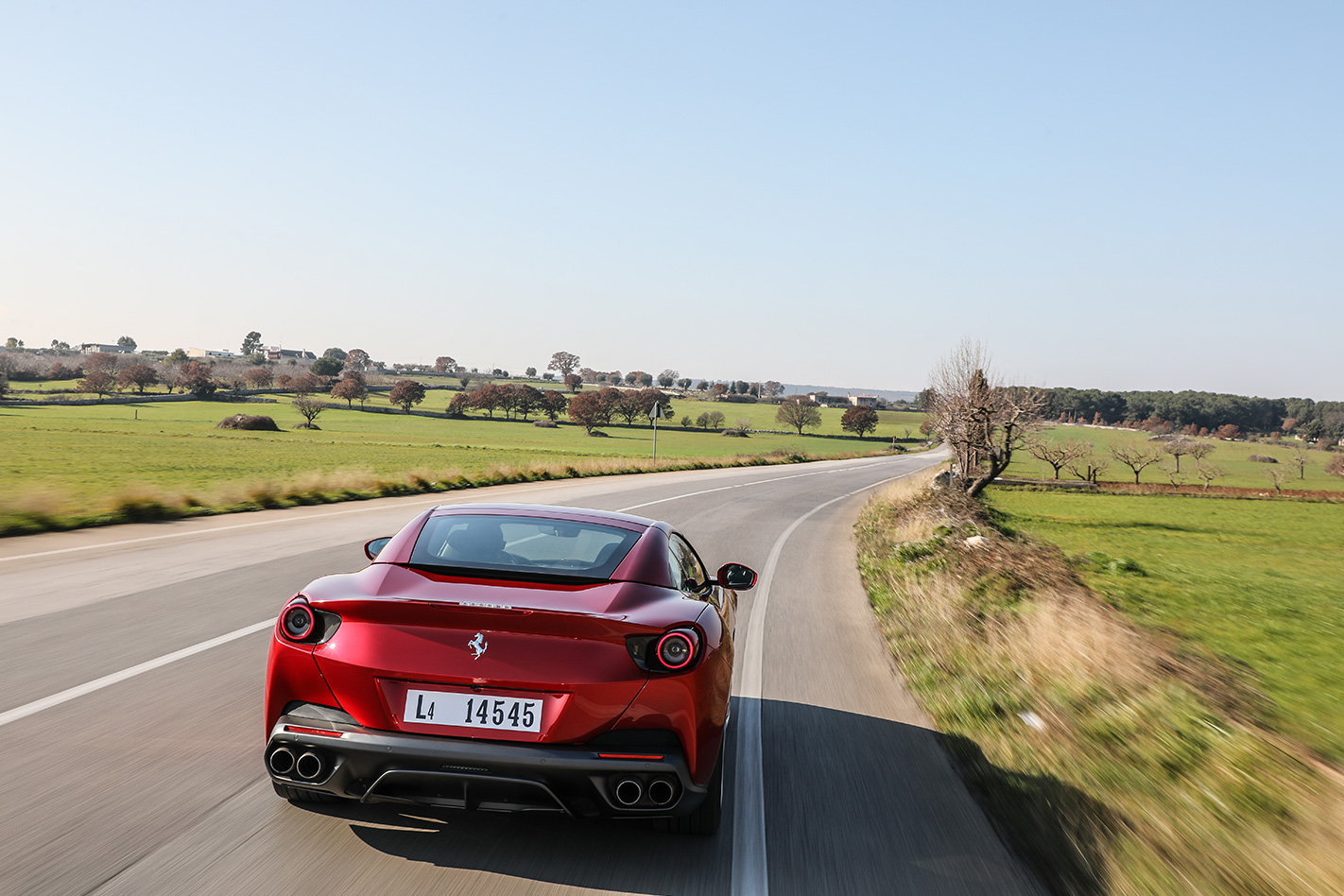
There’s no doubt the Portofino is a better V8-powered 2+2 GT coupe-cabrio than the California T. It has better looks, extra loudness, more straight-line speed and a touch more of the spurious practicality that comes with a pair of tiny rear seats. But this isn’t a dose of full-strength Italian espresso intensity from Maranello, more watered-down Americano.
SPECS
Model: Ferrari Portofino Engine: 3855cc V8, dohc, 32v, twin-turbo Max power: 441kW at 7500rpm Max torque: 760Nm at 3000-5250rpm Transmission: 7-speed dual-clutch auto Weight: 1664kg 0-100km/h: 3.5sec (claimed) Economy: 10.7L/100km (EU claimed) Price: $399,888 On sale: July


